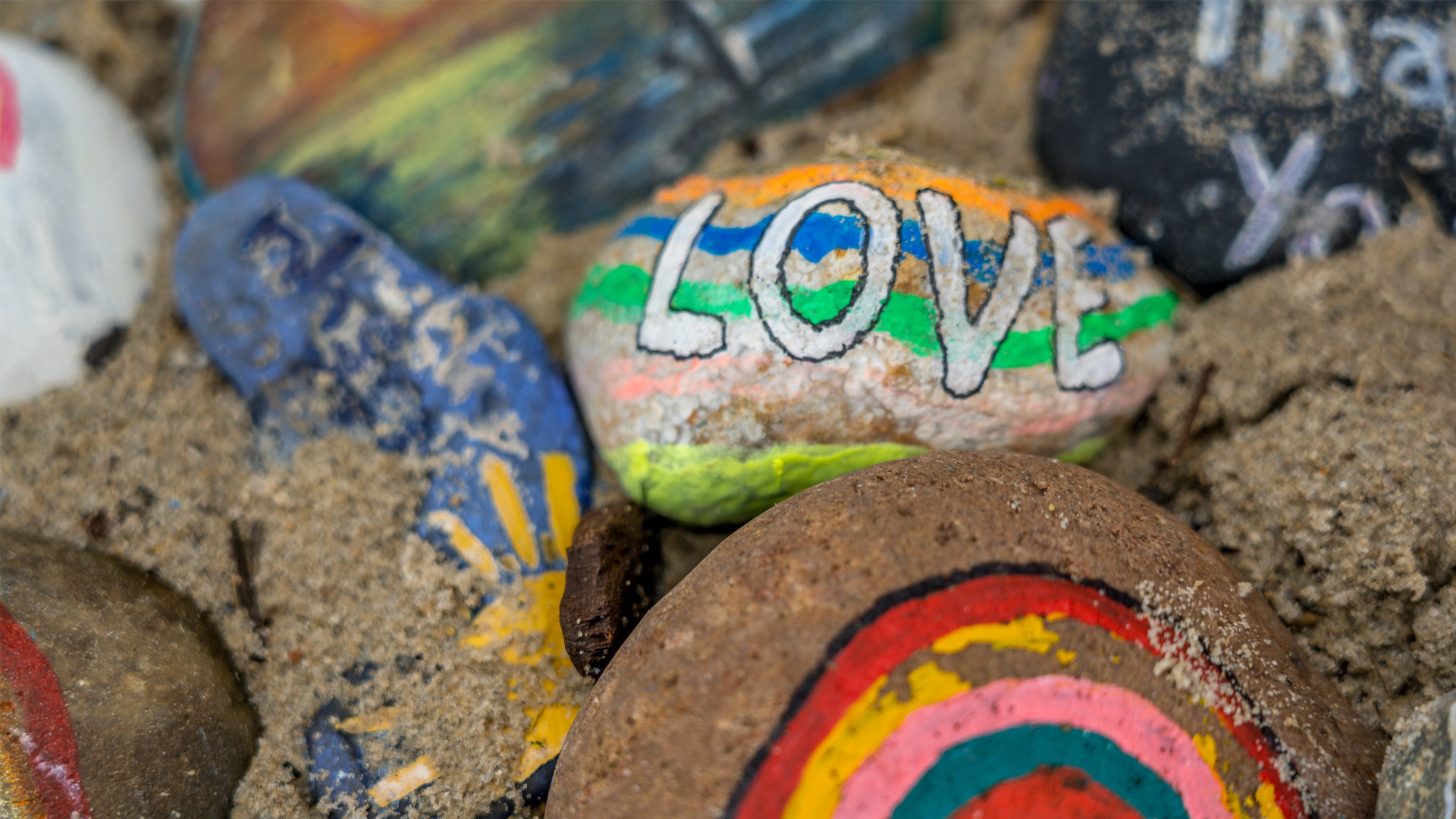Finding Your Materials
When you’re ready to get started making your own paints, the first thing you’ll need is some ingredients. Luckily, there are a few common ingredients you’ll find in most paint mixtures. First, you’ll need some oil. Any kind of oil works, as long as it’s a vegetable oil. Olive, sunflower, and safflower oils are all common oils used in paints. You’ll also need a binder, which are like glue in paint form. These binders can be animal or plant based, but are most commonly made from linseed or sumac oil. Once you’ve got your ingredients together, you’re ready to begin your next creative step.
Mix Your Paints
Mixing is the step where you combine all of your ingredients to make your paints. Now, don’t worry, you don’t have to be a paint mixer to get started. There are lots of DIY mixes available to get you started. Most DIY paints are made using things like linseed or walnut oil as a binder, and pigments like ochres, sienna, and burnt umber to create the different colors in your paints. You could also add other herbs, aloe vera, or essential oils to create your own unique paints. If you’re looking to make your own paints, you’ll want to create a mixture that works well with your chosen painting medium.
Get to Know Your Brushes
Brushes are the part of the process where you’ll get to know your paints the best. And these brushes are where you’ll get the most practice in making your paints. In general, there are two types of brushes you’ll find in a studio: natural and synthetic. Natural brushes are made from animal hair, usually goat, sheep, or badger. These brushes are generally used for sgraffito or fresco methods, which involves scratching the surface of the canvas with the brush. Synthetic brushes, on the other hand, are made from nylon, silica, or mixed animal and synthetic hair. They are generally used for wet-on-wet painting, which is when you first apply paint and then immediately add another layer on top of it to create texture. When you start looking for paints, you’ll also want to be looking for brushes. While you can make your own brushes, it’s best to start small and work your way up to professional-level brushes. A good beginner brush set would include a large round brush, an angled brush, a small round brush, a large flat brush, and a small angled brush.
Form Your Stoneware
While you can make your paints in any container you’d like, one of the best options is stoneware. Stoneware is a type of porcelain that can be used to transfer paintings onto surfaces, like canvas. It comes in a few different styles, depending on the company you choose. But most stoneware options are made from high quality porcelain and are resistant to scratches. Stone ware can also be used to make tiles, as well as other decorative pieces. When buying stoneware, make sure it’s not too thick. You’ll want it to be thin enough to move around in the kiln. There are a few things you’ll need to make your stoneware. First, you’ll need a firing container, which is made for firing in a kiln. You’ll also need a kiln liner, which keeps your stoneware from getting scratched and will help speed up the firing process. After you’ve picked out your stoneware and your firing container, you’re ready to begin your next creative step.
Let the Paint Dry in Between Steps
As you’re making your paints, you’ll want to let them dry between steps. While it’s not completely necessary, it will help you create a consistent paint and create less waste, which is always a good thing. Most artists use room temperature air while drying, but you can also use a drying rack or dryer, depending on what you have available in your studio. Once you have your paint dry, you’ll want to put it in a storage container. If you’re making your paints in a large batch, you can store them in one large container. But if you’re making small batches, smaller containers work better, as they’re easier to label and keep track of.
Conclusion
When you’re ready to get started with stone painting. You’ll start with some ingredients, mix them together to make your paints, and then use those paints to make your next art piece. You’ll want to find your materials, mix your paints, and then practice your painting technique. Once you’ve done all of these things, you’ll be ready to go. A simple way, you can order painted stone on Budivis, which is a great wholesale painted stone supplier.



